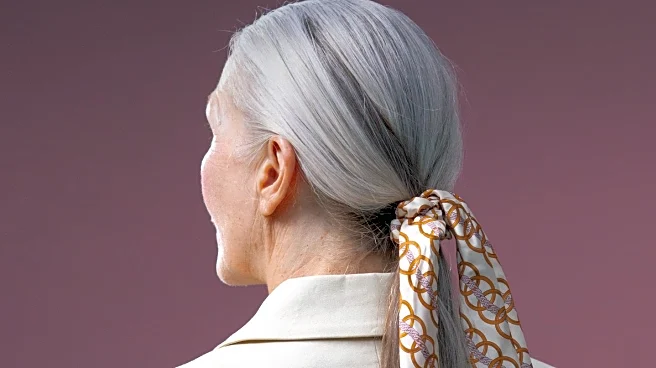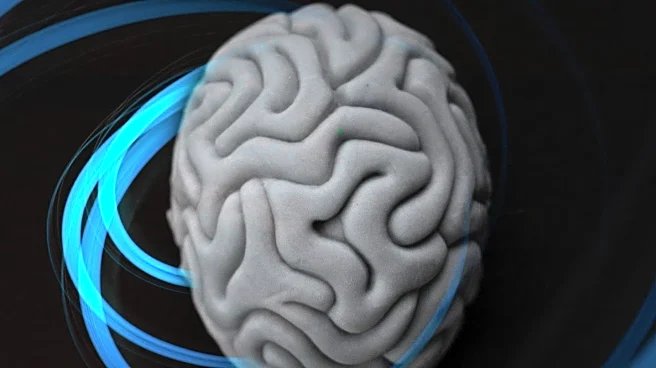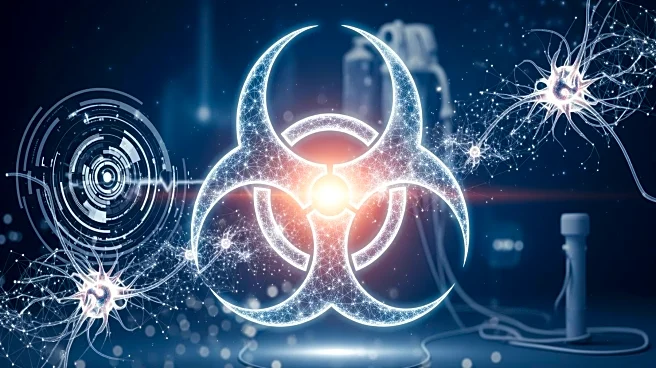What's Happening?
A recent study conducted by researchers from the University of Tokyo has uncovered a potential link between gray hair and a natural defense mechanism against cancer. Published in Nature Cell Biology, the study explores how melanocyte stem cells (McSCs)
in hair follicles respond to DNA damage. The researchers found that when McSCs are subjected to stress, they either differentiate and exit the system, leading to gray hair, or continue dividing, which could result in tumor development. This suggests that the process of hair graying might be a sign of the body's defense against melanoma, a dangerous form of skin cancer. The study utilized mice to observe the response of McSCs to various types of DNA damage, highlighting the dual outcomes of stem cell stress responses.
Why It's Important?
The findings of this study could have significant implications for understanding the body's natural defense mechanisms against cancer. By reframing hair graying and melanoma as related outcomes of stem cell stress responses, the research provides a new perspective on the biological processes involved in aging and cancer prevention. This could lead to further studies aimed at exploring the relationship between skin cancers and hair graying, potentially influencing future cancer research and treatment strategies. The study also emphasizes the importance of understanding how stress-induced differentiation in stem cells can guard against harmful cells, offering insights into the development of therapies for cancer prevention.
What's Next?
Further research is needed to deepen the understanding of the relationship between graying hair and skin cancers like melanoma. The University of Tokyo team plans to continue exploring the mechanisms behind stem cell stress responses and their implications for cancer prevention. This could involve more detailed studies on human subjects to validate the findings observed in mice. Additionally, the research may prompt other scientific investigations into the role of stem cells in aging and disease, potentially leading to new approaches in medical treatments and preventive care.
Beyond the Headlines
The study's findings highlight the complex interplay between aging, stress, and disease, suggesting that visible signs of aging like gray hair might have deeper biological significance. This challenges the common perception of gray hair as merely a cosmetic concern, instead positioning it as a potential indicator of the body's internal health processes. The research also raises ethical considerations regarding the use of stem cells in medical research and the potential for developing treatments that manipulate these cells to prevent or treat diseases.













